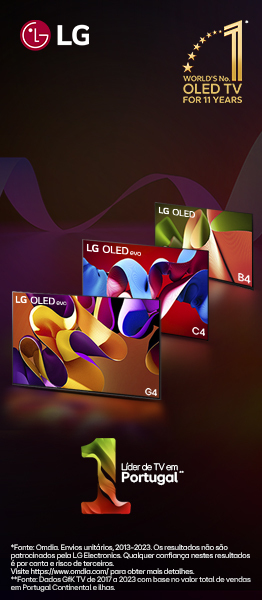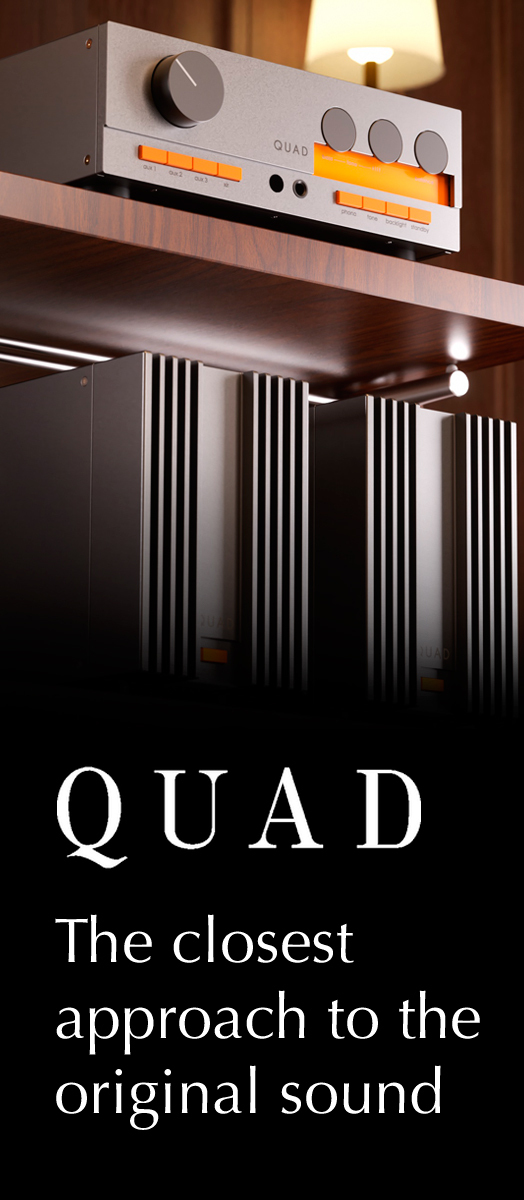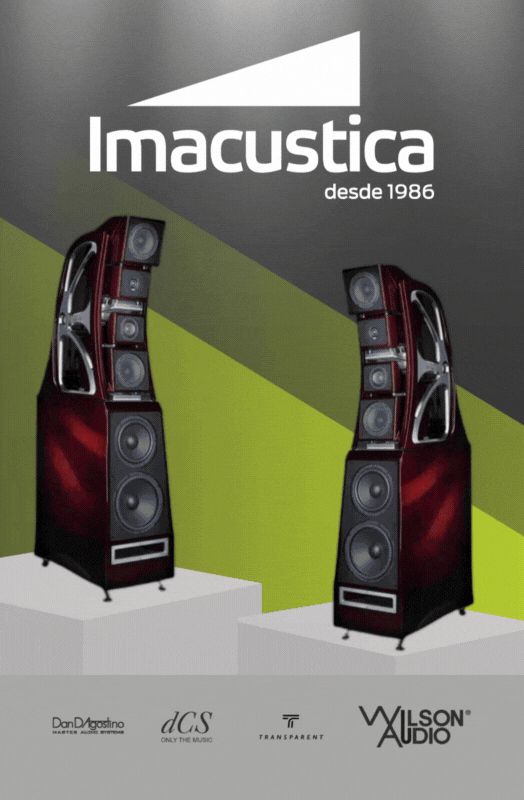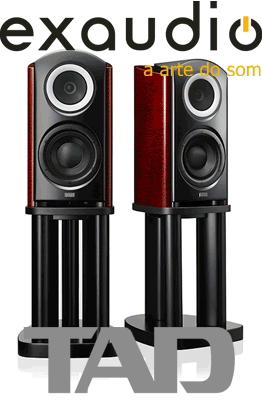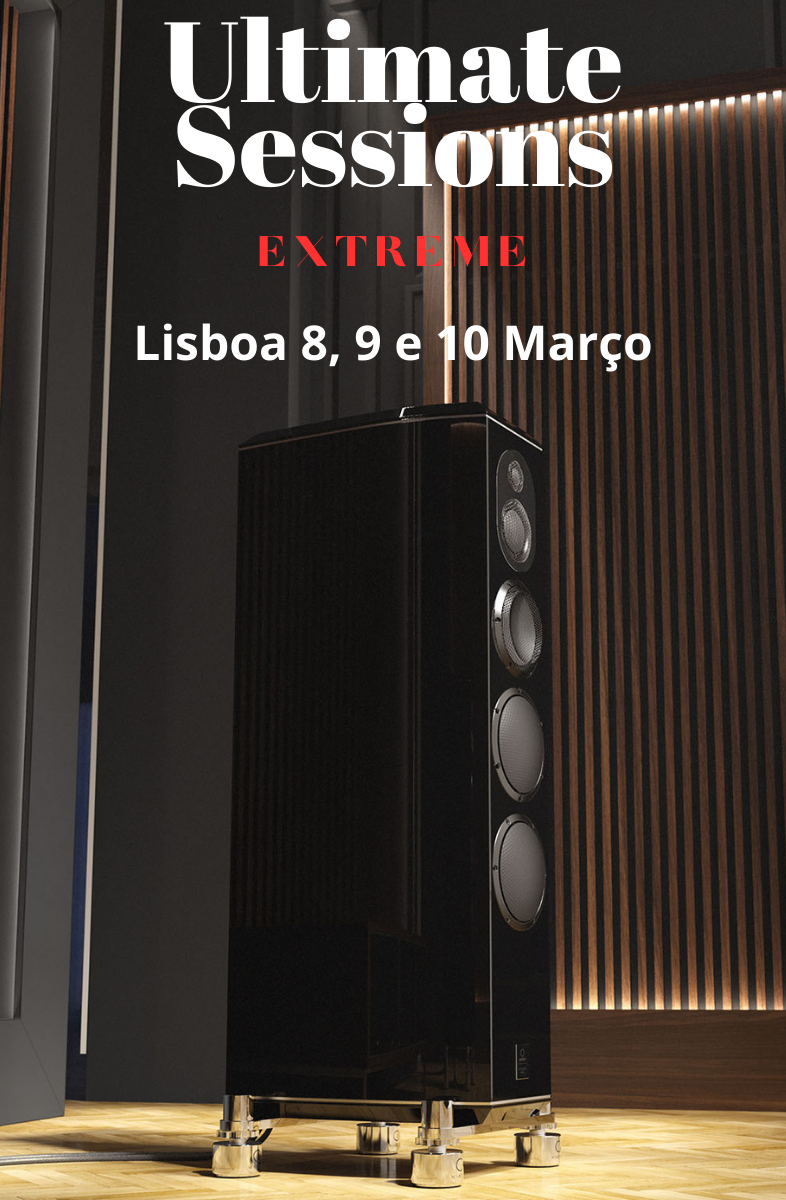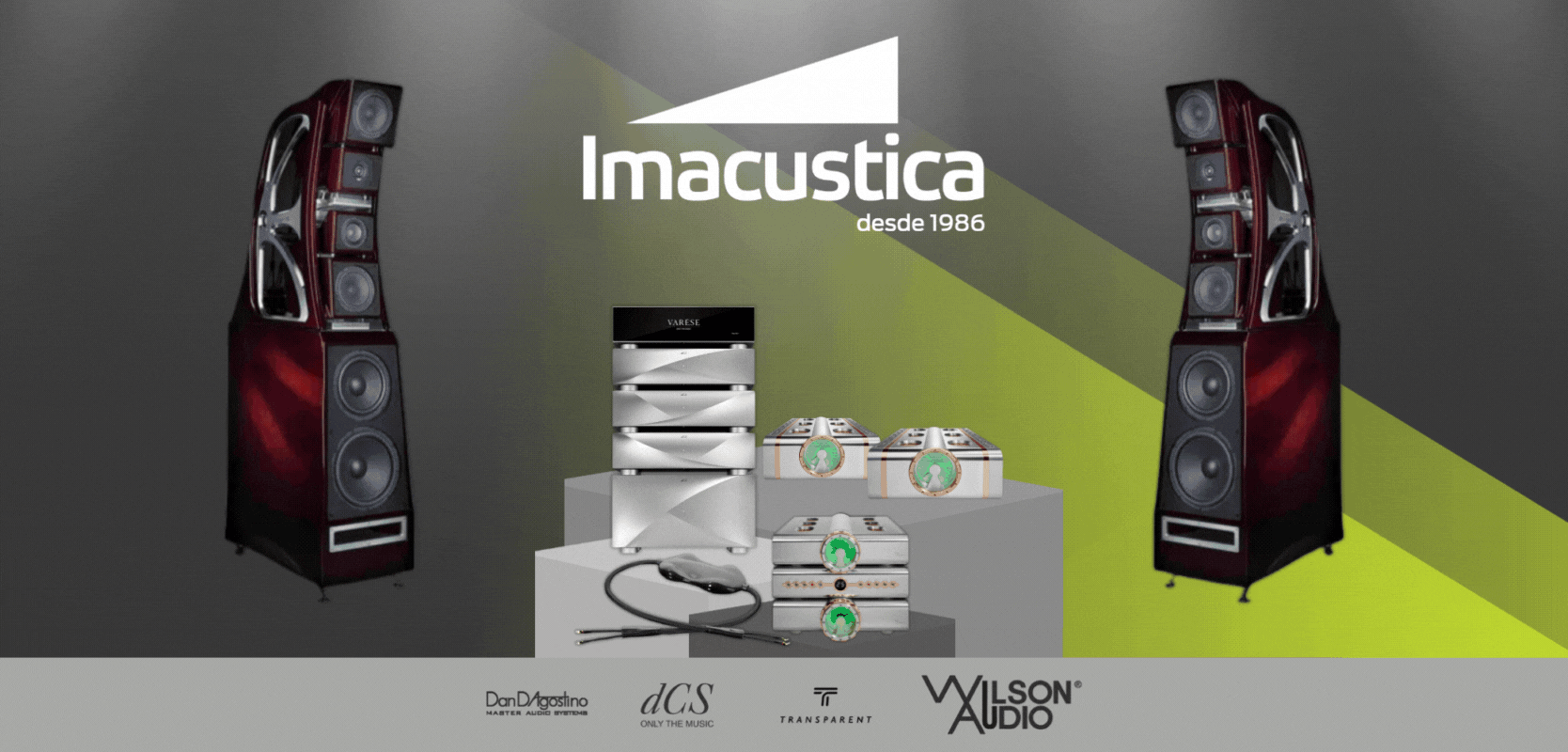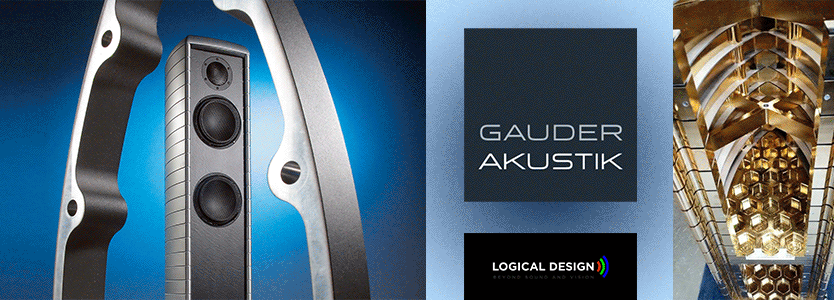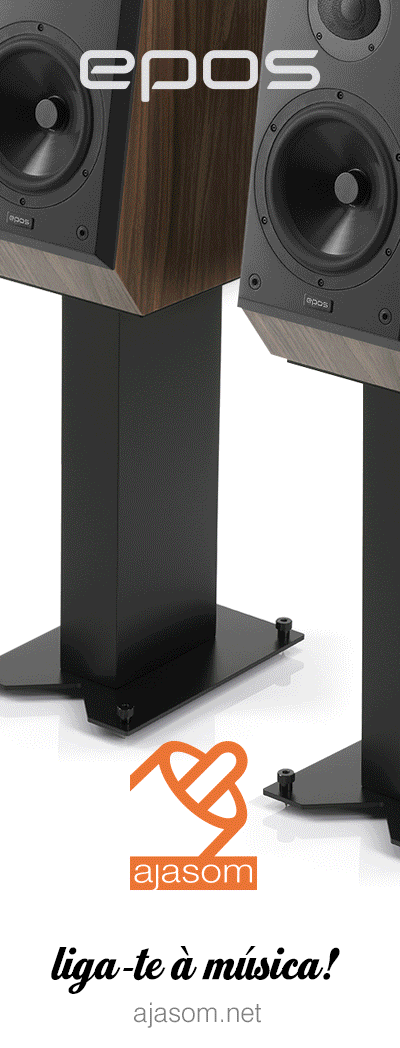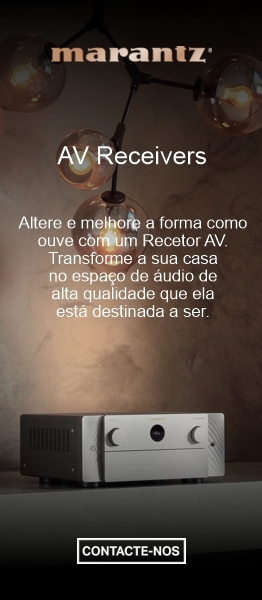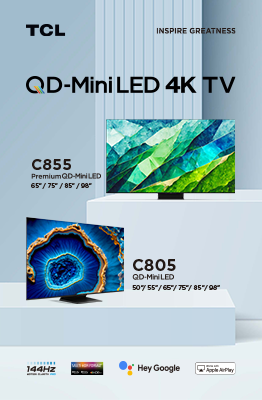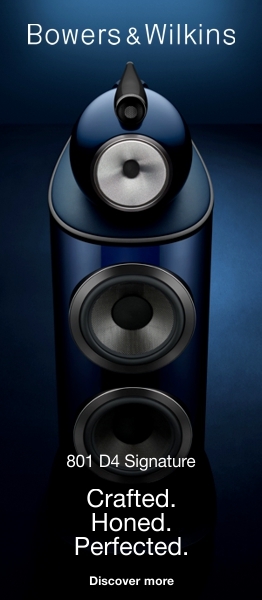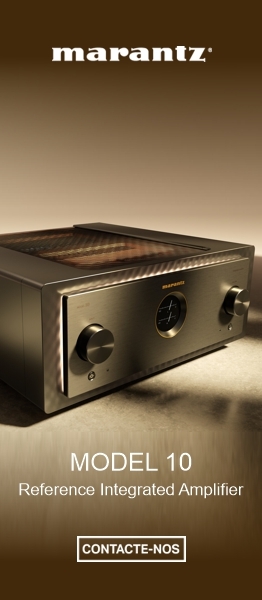Eversolo A6 and A6 Master Edition Gen 2
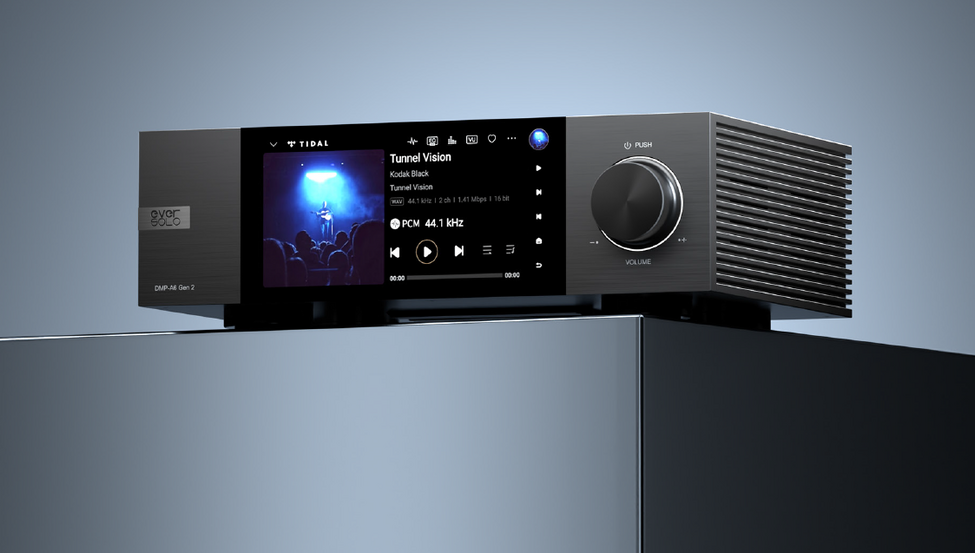
Miguel Marques
21 maio 2025
Two “brothers” who get along very well, something that doesn’t happen in all families.
The A6 Gen 2 as a Digital Transport
This is one of the areas where the A6 most clearly sets itself apart from the competition, offering features I had previously only encountered in Auralic products - such as equalization and volume control - capabilities that, until recently, were unheard of in this segment. To be fair, the Aries S1, which I also tested, is more transparent (it operates at 64 bits and has a galvanically isolated USB output, something that can be added to the A6 by purchasing a dedicated accessory or using a DAC that includes this feature), but it’s also more expensive than either A6 model and functions solely as a digital transport, so higher sound quality is to be expected.
With multiple digital outputs (USB, coaxial, optical, or multi-channel HDMI) and the ability to apply DSP to those outputs, the A6 is an unbeatable option in its price range as a digital transport. You can even add an SSD and use it as a server, which, for instance, would be very useful for me when doing listening tests in audio stores. It would be excellent if the USB output were galvanically isolated - and that’s my suggestion for Gen 3.
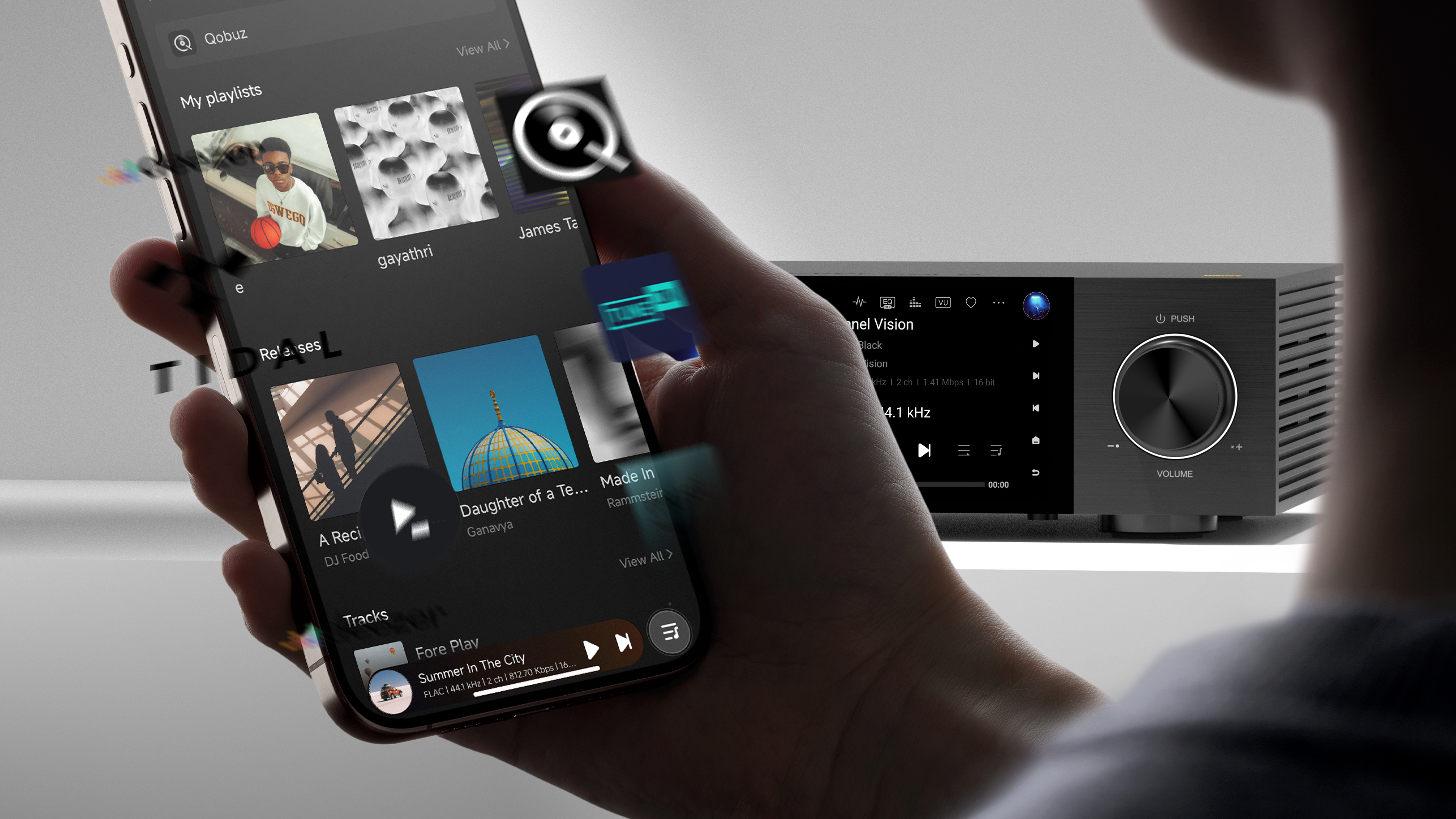
The A6 Gen 2 ME as a Streamer
Originally introduced as a more refined version of the A6, the A6 ME must have been a great success in the market, since it was carried over into this new Gen2 lineup. It was, until now, the only Eversolo model I hadn’t tested, and I was curious to see whether a mere upgrade in components (without any circuit changes) would affect the sound. And it turned out to be a very pleasant surprise: deep bass, a very open and clear sound, well-defined dynamics, and a wide, tall, and precise soundstage, complemented by flawless transients and timbre. To me, this A6 ME clearly qualifies as a giant killer, competing head-to-head with significantly more expensive products and fitting easily into systems above what its price would suggest - it didn’t falter with anything I threw at it. In fact, it seems to me that you’d need to spend a substantial amount on an external DAC to hear a truly meaningful improvement over the A6 ME’s sound, and it’s my new benchmark streamer at it’s price point.
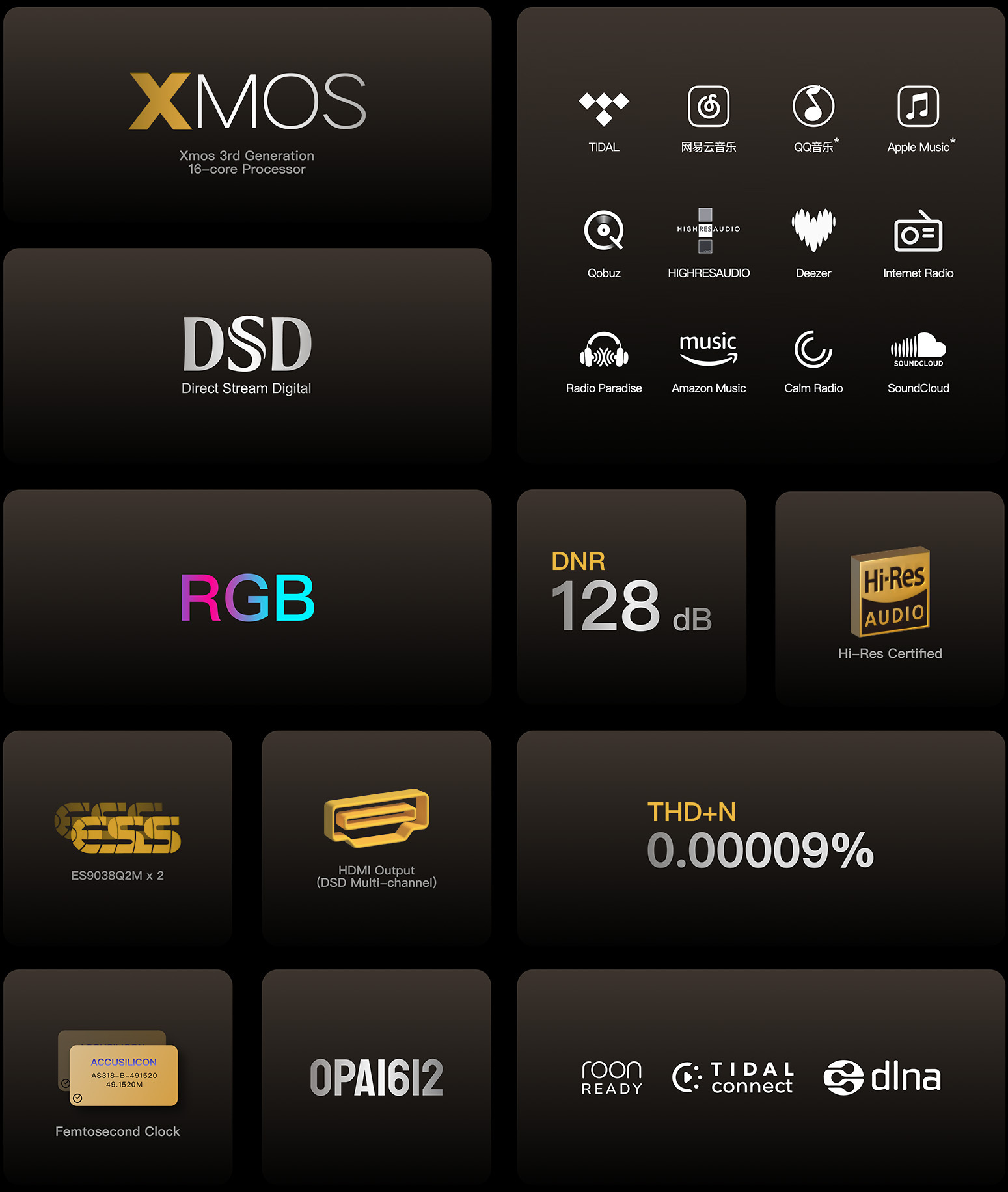
The A6 Gen 2 ME as a Digital Transport
The A6 ME performed very similarly (that is to say, excellently) to the A6 in this area - but there is a slight difference in sound when using one of the synchronous outputs, either optical or coaxial - that’s because, in this case, the internal clocks of the Eversolo are in use, and the A6 ME features better clocks than the A6. However - and I know I’ve emphasized this before, though audio myths tend to be stubborn - it is strongly recommended that, whenever possible, you use the asynchronous USB output. Any prejudice against USB is completely outdated, because these days the vast majority of DACs have excellent USB implementations and USB allows the receiving DAC to use its own clock rather than relying on the transport’s, and the closer the clock is to the digital-to-analog conversion stage, the better. While it’s true that a DAC will eventually convert the incoming signal to a synchronous I2S format internally, it’s always better for that to happen as close as possible to the actual analog conversion, not externally. And if, by chance, you feel that USB noise is affecting the signal (which is extremely rare nowadays, even with DACs that lack galvanic isolation), there are several high-quality, affordable products that you can place between the transport (in this case, the A6 ME) and the DAC to ensure complete galvanic isolation - meaning zero noise. To sum up, if you’re using optical or coaxial outputs with a DAC, the A6 ME offers a slight sonic advantage over the standard A6, but I recommend using USB, and they sounded identical using this protocol (as they should).
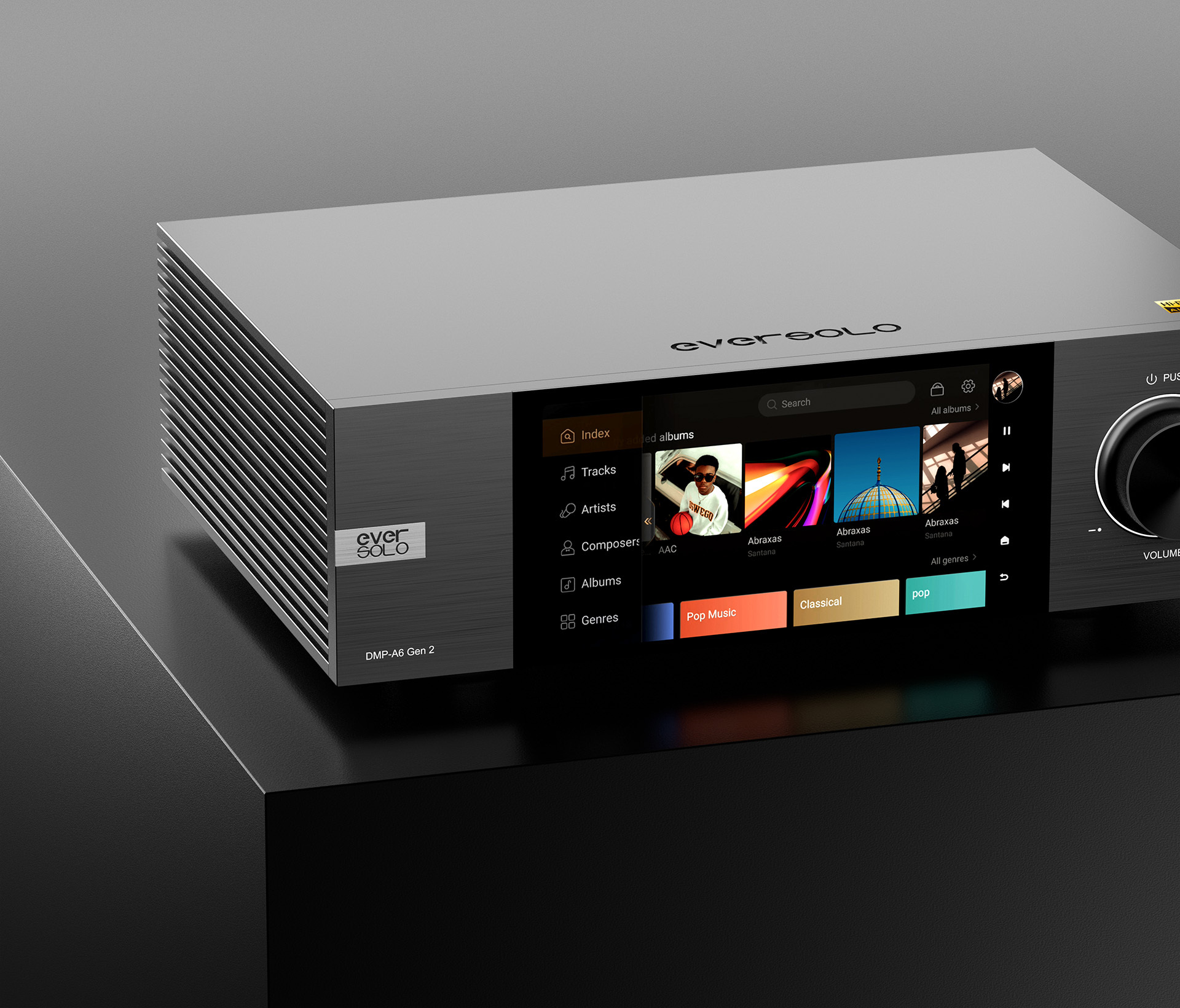
The A6 Gen 2 Units as Servers and the Eversolo Control App
I also did a brief test on both A6 as servers, and they performed flawlessly in these functions, working without any issues and even allowing the use of a remote control (an optional extra) to control the internal music (and while what I’m describing might seem trivial, I’ve tested many streamers that don’t have simple features like ‘repeat one’). Also, the app is overall excellent and very easy to use, enabling tasks that are rarely found, such as creating playlists with music from various sources. It could just have a few layout improvements, especially in the ‘now playing’ section - here, my reference remains Lightning DS from Auralic, although the Eversolo Control app allows, for example, to edit artist photos, which is also quite rare. But from a practical usage perspective, the app is very good – although most of my testing was done using my reference app, Bublle UPnP, with MinimServer, via UPnP.
As a final note, I also did a few simple tests using Qobuz through the Eversolo Control app, and everything worked perfectly - I was able to access “My Weekly Q,” “My Playlists,” and “Favorites,” making the experience very close to using the native Qobuz app and I assume other streaming services perform just as well.
I’ll also leave another small final note for those who want to add a library to the A6s and don’t want to add an internal SSD or use external apps – if you have files on a NAS, the Eversolo Control app allows you to build a library through several protocols (WebDav, UPnP, NFS, or SMB), of which I recommend NFS – for some reason, the app has difficulty finding my NAS through any of the other protocols, but with NFS, the process was very simple and painless (which could be a specific issue with my network and/or NAS, my chops on the matter are not the strongest).
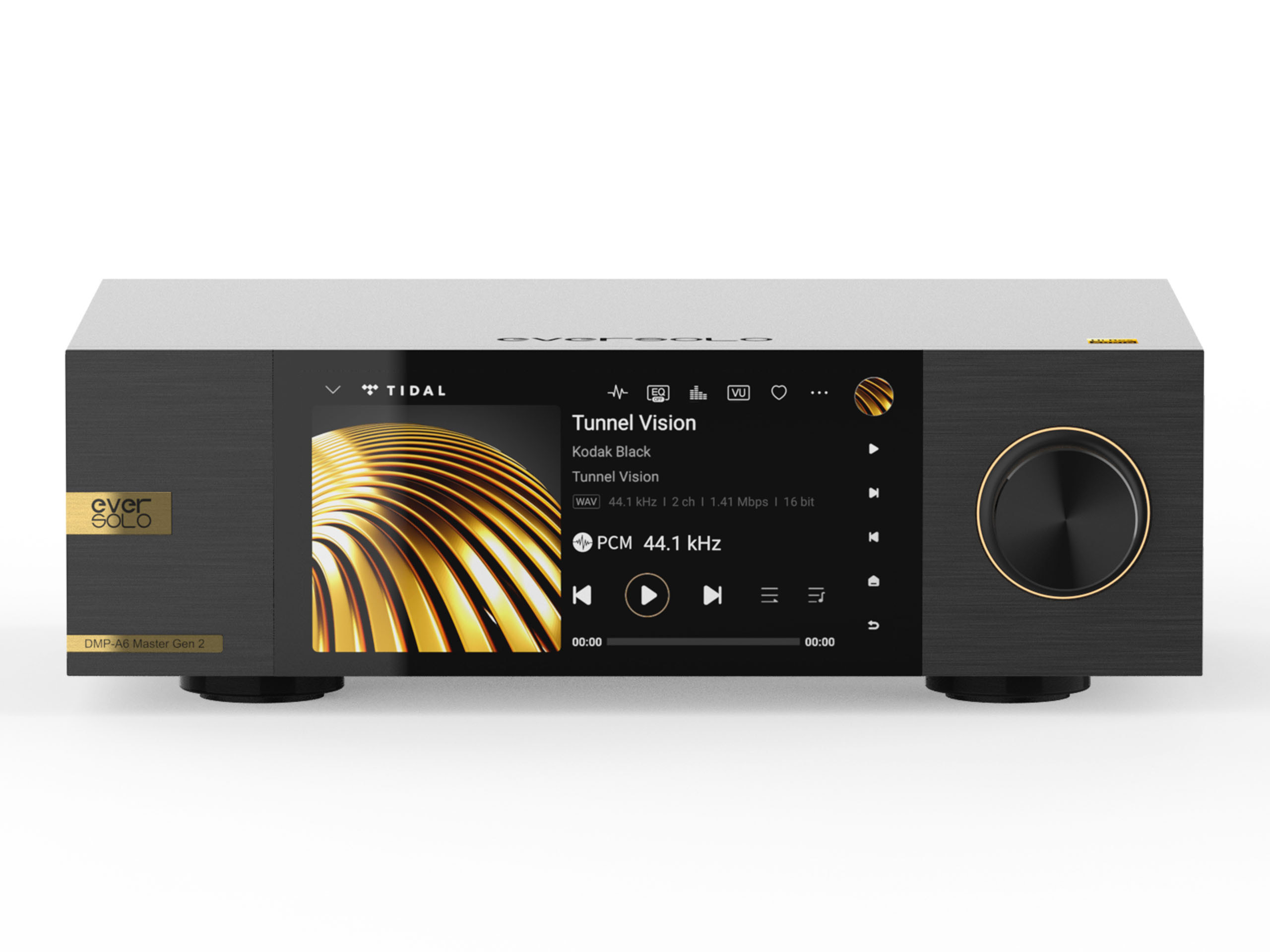
Comparison with the A8 and A10
I also found myself pondering on the differences between the A6 and its older siblings, the A8 and A10, which I also had the opportunity to test before. And despite the price differences, and ignoring that the A8 and A10 have a (excellent) analog pre-amplification circuits, the A6s are above all quite different from the A8 and A10 – more open and less polished, with more treble and more present transients, resulting in a sound that is less romantic and ‘beautiful,’ and perhaps more aggressive or intense, when the music demands it. Whether this is good or bad depends on personal taste – I prefer a more realistic and raw sound rather than a more idealized and polished one, but I know many prefer the opposite. I would also have liked to hear these two Eversolos with a fully balanced amplifier, believing that this would further improve the sound – if you have that possibility, the use of XLR cables is recommended (be aware that many brands claim their amplifiers are balanced, but often they are only balanced at the input or in the pre-amplification stage).
Final thoughts
That said, what could be improved in these Eversolos? Well, in this price range, it’s very, very unfair to point out improvements, but it would be interesting to see Chromecast Audio in these products and galvanic isolation on the USB output, as I mentioned earlier. I would also like the DSP to be applied at 32-bit without the need for prior conversion, and for some layout aspects of the app to be improved, such as the ‘now playing’ menu (both in portrait and landscape) or the size of artist photos. But all of this is mere detail in two products that are already absolute references in their class and have seen their quality significantly improved in this Gen 2 – both are highly recommended.
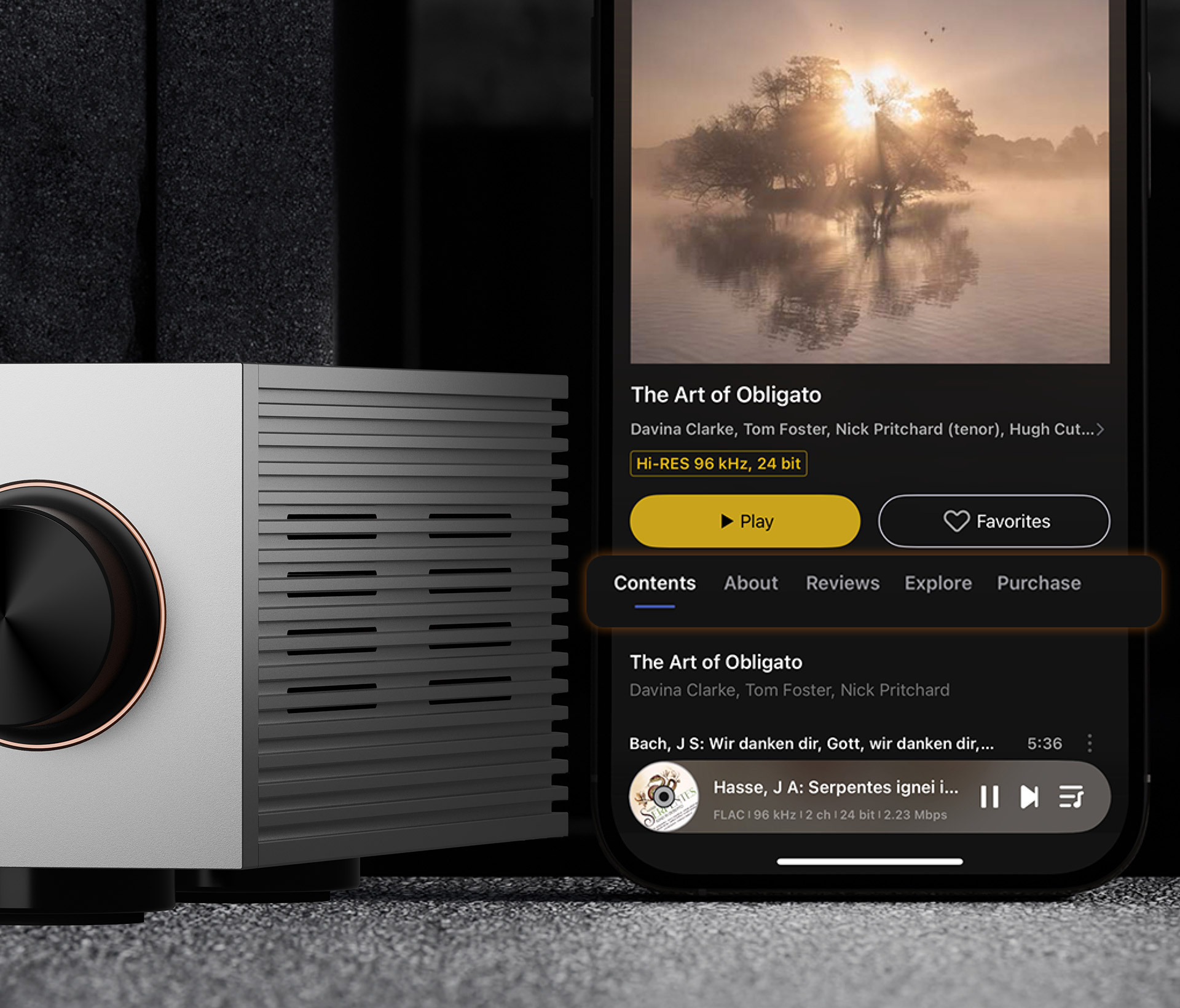
With a myriad of functions, excellent software, a good app, constant updates, and sound quality that matches or exceeds the references in their class, these A6 Gen 2s will likely have an even greater impact than their predecessors. There’s no doubt about it, Eversolo has arrived, seen, and conquered, and I believe it will stay in the high-fidelity market for many years, pushing technological innovation in this industry upwards. For anyone looking for a streamer or a digital transport in the price range of the A6 and A6 ME, both are undoubtedly must-have members of a audition shortlist, and, as a demonstration of putting money where my mouth is, it’s very likely that one of them will end up staying in my system. Highly recommended.
P.S. As an example of Eversolo’s ongoing updates, they just released a new control app (still in beta) with numerous improvements - especially in portrait mode - including a light mode (which I clearly prefer over dark mode), shortcuts to frequently used services, and the ability to control multiple Eversolo devices simultaneously.
Streamers Eversolo A6 and A6 Master Edition
Prices:
A6 Gen 2 €899
A6 Master Edition Gen 2 €1369
Contacts*
*The Eversolo A6 was provided to us for testing by Imacustica, while the A6 Master Edition came from Delaudio, reflecting the distribution strategy that Eversolo is following throughout Europe.
Conteúdo
Outros conteúdos
- 27 maio 2025
10 milhões de TV’s OLED da LG - 27 maio 2025
Amplificador integrado LAB 12 Suara MkII - 26 maio 2025
Cadernos da Alta Fidelidade III - 22 maio 2025
Marantz AV 20 e AMP 20 - 22 maio 2025
Pro-Ject Audio lança gira-discos Peanuts
